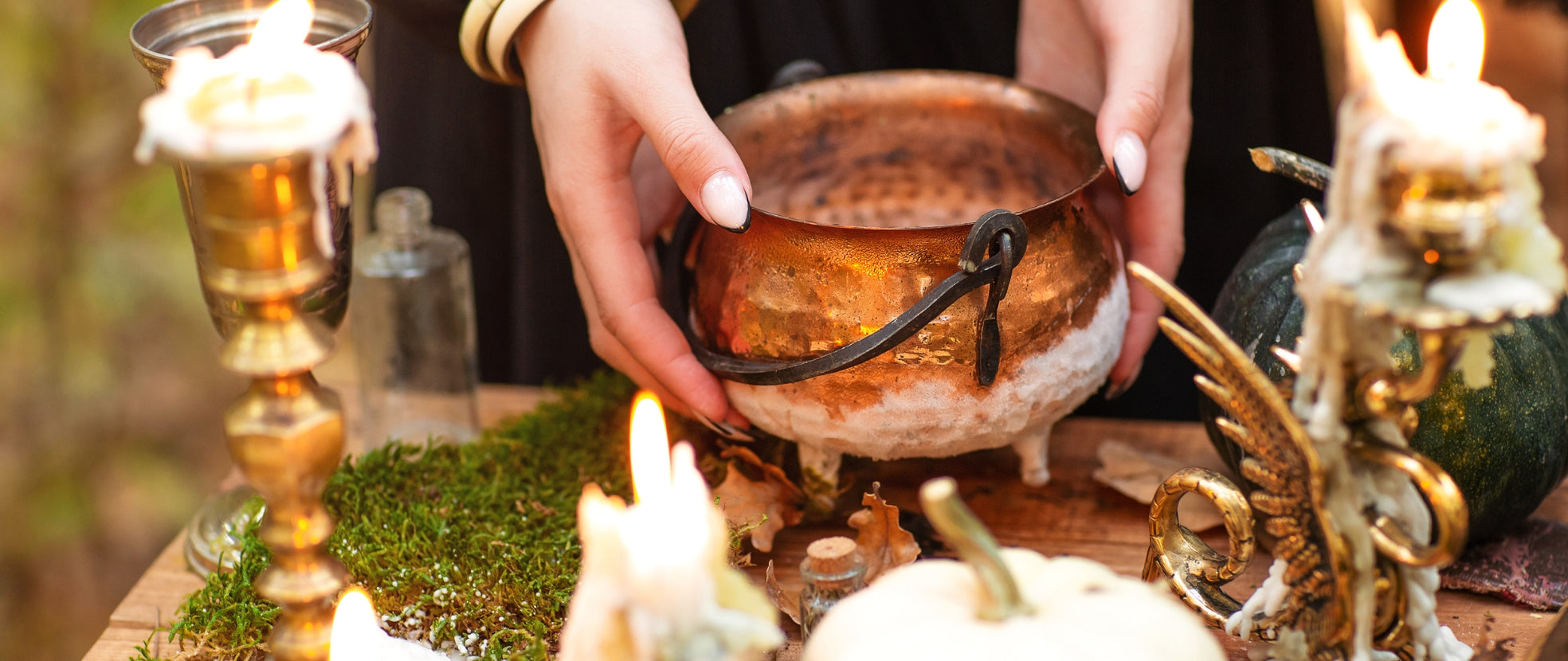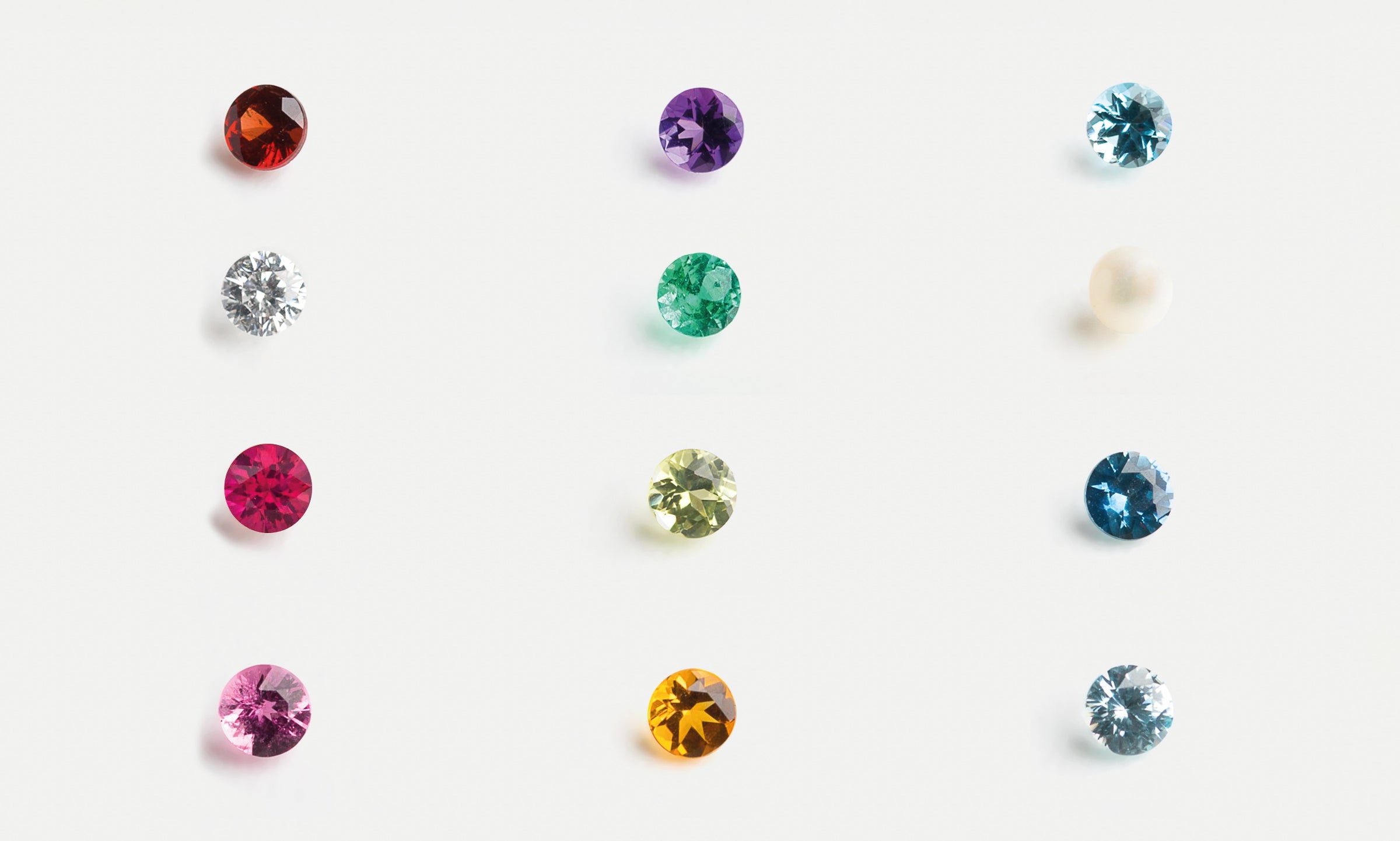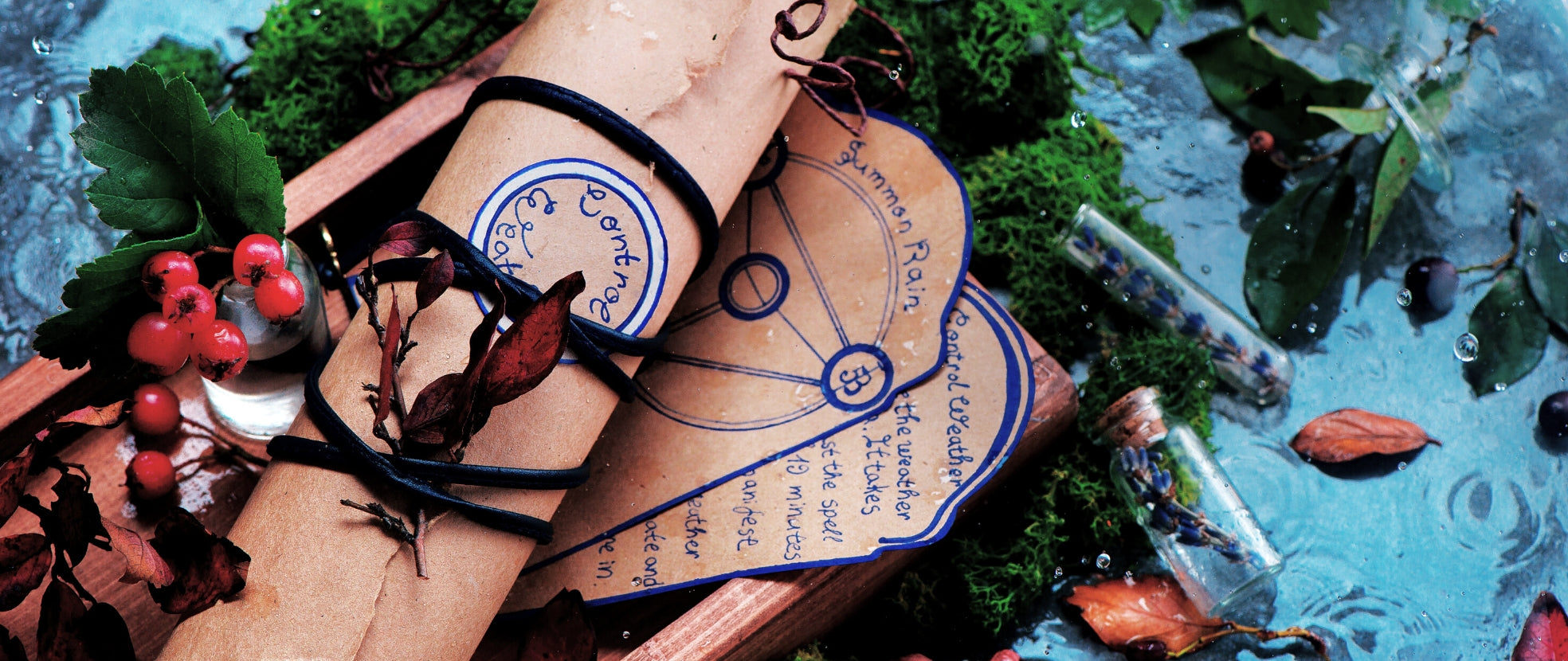Like any of your valuables, your gemstones, jewelry, and healing crystals deserve utmost care. They may be made of hard minerals that formed after several years of geologic processes, but this doesn't mean they're unbreakable or damage-proof. They remain vulnerable to external pressure and natural elements, no matter what shape or texture they come in.
How you care for them (from storage, to handling, to cleaning) makes all the difference in preserving their quality. So to help you enjoy your prized gems for years to come, here's an inclusive list of gem care tips, and the mistakes to avoid and the best practices you should follow.
Do's and don'ts: Cleaning and Storage of Soft Stones
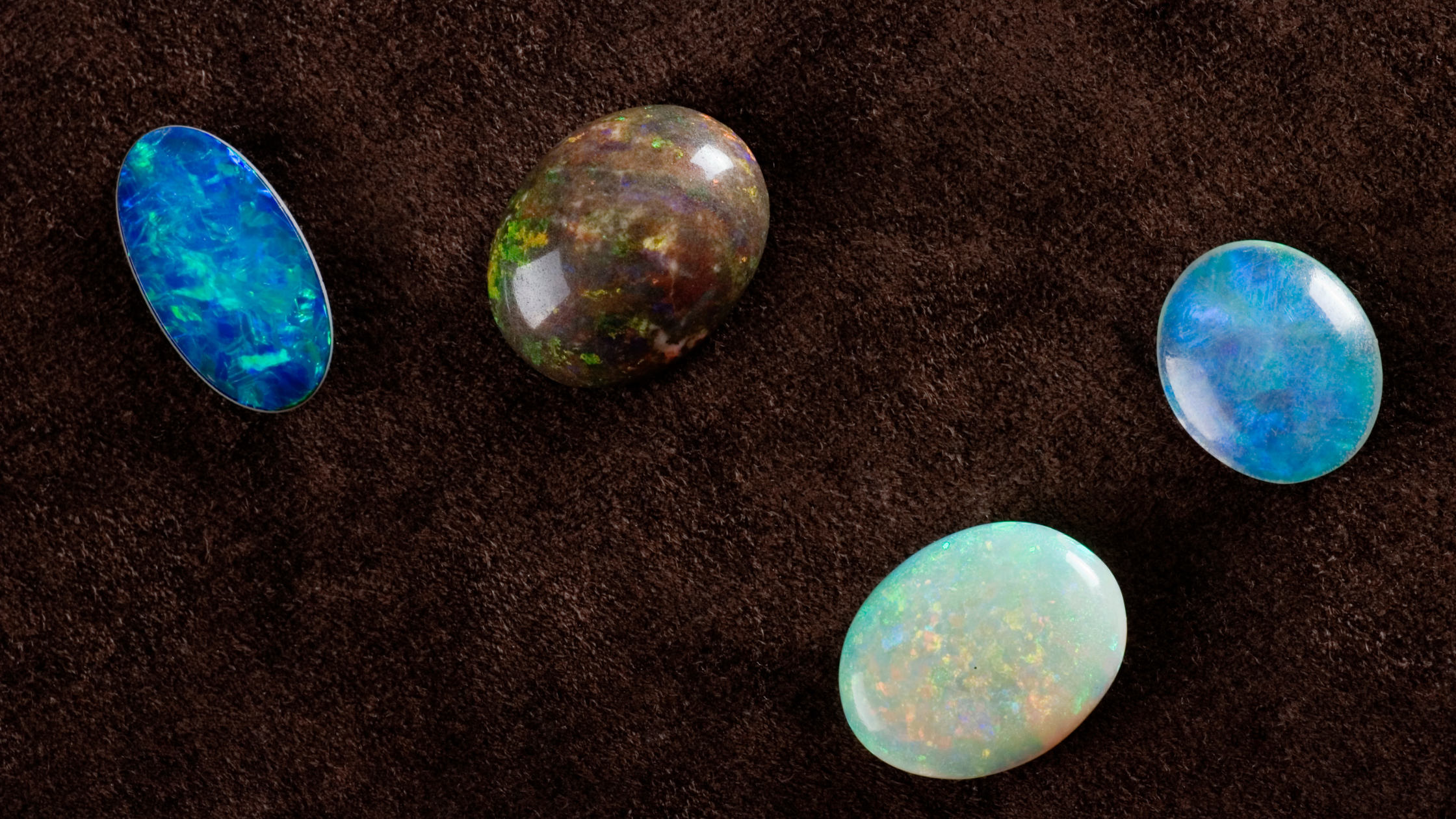
Every stone has unique durability and wearability characteristics. And those that score poor on these characteristics need special care. These are what you call the soft stones. These fragile minerals have a hardness rating of 5 and below in the Mohs scale (a scale that indicates the ability of a mineral to scratch another).
The extremely soft ones are talc and mica which are present in many cosmetic products (e.g. bronzers, eyeshadows, and even baby powder). Talc and mica are chalky substances that easily crumble so they're difficult to keep intact. Selenite, alabaster, and desert rose also belong to this spectrum.
Pearls and opals are also soft gems that require extra protection.
- Do keep soft stones dry.
- Do dry polish smooth soft stones.
- Do wipe them clean with a soft cloth. Gently, rub them in circular motions to remove grime and fingerprints.
- Do pat gems dry before wearing or storing them.
- Do not store them together with hard stones to prevent them from scratching and chipping off.
- Do not touch them with sweaty palms as sweat may dull their polish.
- Do not clean pearls and opals using steam, ultrasonic cleaning machines, or chemical cleaners.
- Do not clean halite, selenite, and other evaporite minerals in water as they dissolve when rinsed with water. Use an air canister or blow on them gently to remove dirt.
- Do not store opal jewelry with harder gems and metals.
Do's and don'ts: Cleaning and Storage of Hard Stones
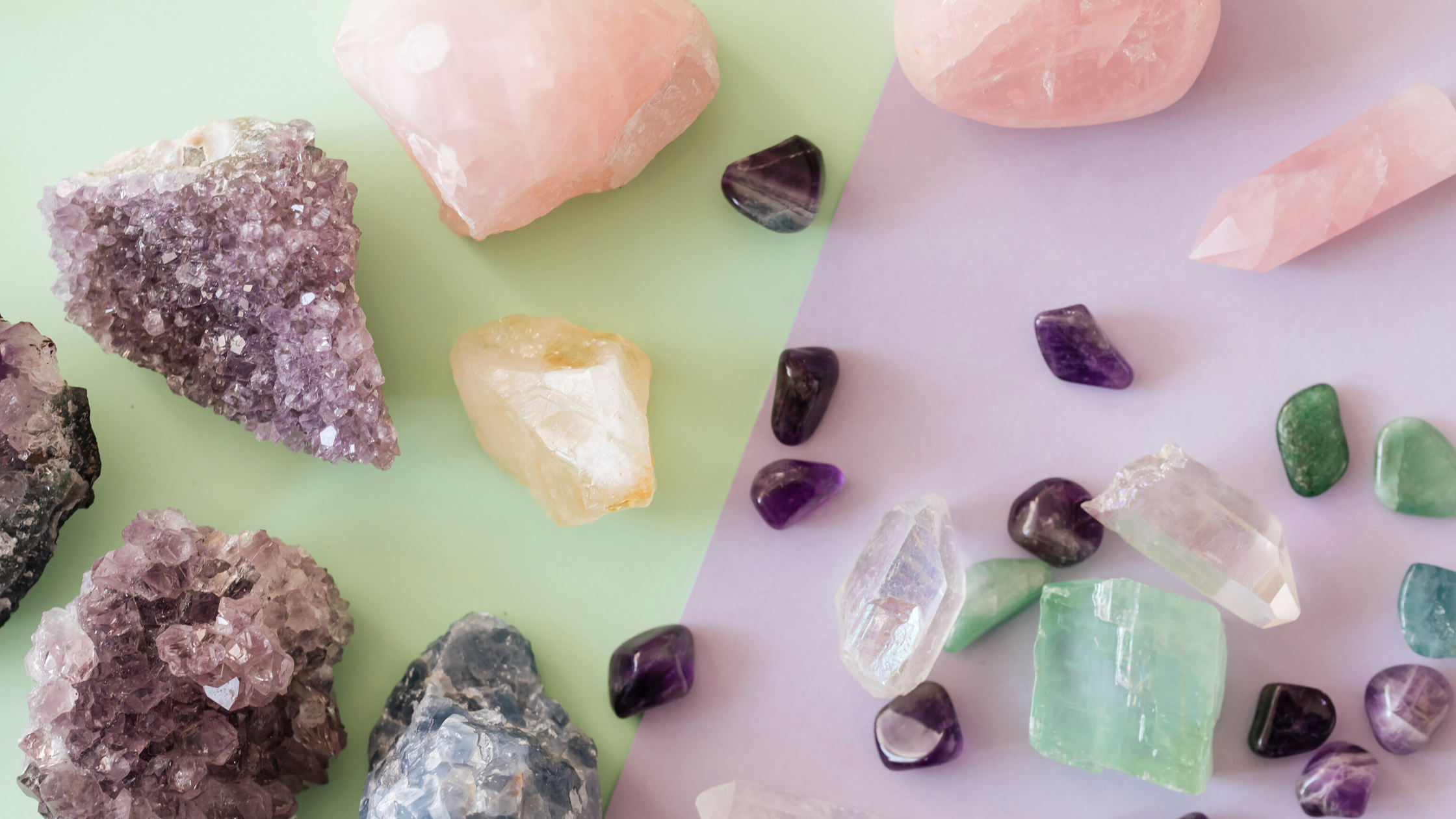
Tougher stones are those that rank 7 and higher on the hardness scale. Examples of these are quartz, garnet, tourmaline, emerald, ruby, and diamond (the hardest mineral). Hard stones are generally safe to clean in tap or warm water.
- Do bathe raw rocks and crystals, geodes, or clusters in salt water to remove dust and debris.
- Do use a microfibre cloth (or eyeglass cloth) to wipe off oils and fingerprints from spheres and crystal points
- Do use a soft brush and a commercial jewelry cleaner when removing stubborn dirt on hard gemstones like sapphires, rubies, and diamonds.
- Do not wear your gemstone jewelry to sleep. Extended contact with skin can cause oil to build up on your piece, affecting its polish.
- Do not place hard crystals on hard surfaces. Instead, keep them on soft surfaces to maintain their clear and lustrous appearance.
Do's and don'ts: Handling and Display of Rocks, Minerals, and Fossils

The tips above are about cleaning your existing collection. But what about caring for your newly purchased specimen, fragile or otherwise? How do you safely unpack a mineral specimen straight out of its packaging?
Below are some handling and display techniques:
- Do lay your package on your bed, sofa, or other surfaces that have a soft cushion. Items like crystal clusters, geodes, and fossils can be very delicate, so it's important to unpack them in a soft surface, away from hard objects that may bump and scratch them.
- Do remove the box and wrap very slowly and carefully, making sure the packaging isn't stuck on any part of the specimen.
- Do grab a fossil or crystal gently from the sides. Place it on your palm if you want to examine it closely.
- Do know the properties of your crystal and its special needs. Is it soluble? Does it fade when exposed to light? How should it be cleaned?
- Do not poke or touch the crystal directly.
- Do not display your crystal in a sunny spot to avoid discolouration.
- Do not place your crystals and fossils together in a cramped or concentrated area. Again, every mineral has varying hardness ratings. Maintain ample spacing between each specimen to prevent damage.
- Do not store them in easy-to-reach areas if you have little kids and pets at home. Ensure that they are kept safe from accidental bumping.
How to Cleanse and Energize Your Crystals

Crystals are thought to carry positive energy and vibrations that heal and protect. If you're using your crystals for healing your mind, body, and soul, it's important to cleanse and recharge your crystals regularly. It is because crystals diminish their powers with frequent use and exposure to outside energies.
Below are some cleansing methods to maintain your crystals' potent energy. Use any of these methods at least once a month, or depending on how often you used your crystals. The more frequent you use a stone, the greater the energy it collects and the more often you need to cleanse it.
1. Running water - Water has the ability to remove negative energy from a stone and release it back to the earth. Turn on your faucet and rinse your stone under it for 1 minute (per stone).
Do this for your hard stones (e.g. quartz), not for soft or brittle ones like kyanite, halite, and selenite.
2. Salt water - Another liquid that's best for cleansing unwanted energy is salt water. Salt is believed to absorb and dispel negativity.
If you're near the sea, collect fresh salt water in a bowl. Alternatively, throw in a tablespoon of table, rock, or sea salt in a bowl of tap water. Submerge your hard stones like quartz and amethyst for up to 48 hours. Afterwards rinse and pat them dry.
Do not use this for soft and porous gems, as well as stone with metallic inclusions (e.g. malachite, angelite, and lepidolite).
3. Natural light - Cleansing with natural light may be traditionally done during the solar or lunar cycle, but you can always cleanse and recharge your stones at any time.
Place them outside before nighttime and bring it in before 11 a.m. the next day so your stones can bask in the rays of the moon and sun. Just make sure to avoid prolonged exposure to direct sunlight so as not to damage their colour. Ten to 12 hours of exposure should be enough.
Rinse your stones in water to get rid of dirt and debris. Then wipe them dry.
Light cleansing is most ideal for almost all types of tumbled stones, except for vibrant stones like amethyst and soft stones such as selenite, celestite, and halite (which are prone to damage when in contact with moisture).
3. Sage - Need to restore your crystal's natural energy? Smudging with sage will help do this. Sage is an aromatic and sacred herb that also siphons out inharmonious vibrations from crystals. To do a smudging ritual, prepare a bowl (where you'll burn the sage), a match or lighter, and a bundled or loose sage.
Do this outdoors. But if you're unable to, smudge near an open window to enable negative energy to disperse. Light up the tip of the sage. Hold your stone with your other hand and move the stone through the smoke.
Let the smoke cover your stone for 30 seconds. Add 30 seconds more if it's your first time to cleanse your stone or if it's been a while since your last smudge. Aim for 30 to 60 seconds per stone.
4. Use larger stones - Amethyst geodes, quartz clusters, and selenite slabs are also used as tools to purify smaller stones. The larger stones are believed to contain powerful vibrations that drive out unwanted energies in the smaller stones. Simply place any stone on top of these larger stones to facilitate the cleansing process.
5. Brown rice - Although commonly used in cleansing protective stones (e.g. black tourmaline), this cleansing technique can be used in drawing out negativity from any stones. Fill a bowl with dry brown rice. Bury your stones in the grains for 24 hours to completely absorb all the negative energies you want to remove.
Note that you don't need to wait a full month before performing any of these cleansing regimens on your stones. If a stone is feeling heavier than usual, that’s your cue to cleanse it. Unless your crystals tend to react with water, you can choose any of the methods mentioned.
Activating Your Crystal

Has your stone lost its spark? Or does it feel heavier than usual? Perhaps it needs reenergizing. Here are some ways to give your stone an energy boost:
- Speak to it directly or set your affirmations to it. Interacting with your crystal sends essential life force to it.
- When going outdoors, take your stone with you. Gemstones are said to absorb so much natural energy when they are exposed to natural settings. The park, beach, and the mountains can lend your stone some powerful energy to revitalize it.
- If your schedule doesn't permit you to go on outings, you can create a crystal activation grid instead. Form a grid and surround a seemingly dull stone with energetic ones like clear quartz, selenite, kyanite, and carnelian. The weakened stone will become reenergized when it can bathe in the vibrations of the crystals around it.
Need more tips to care for and maintain the quality of your stones? Reach out to the rock specialists at Stonebridge Imports! We're always happy to help you preserve and enjoy your crystals for many years ahead.
Sources:
Shine, T. (2018, September 19). A Beginner's Guide to Clearing, Cleansing, and Charging Crystals. Healthline. Accessed at https://www.healthline.com/health/how-to-cleanse-crystals#water
Guide to Cleaning and Caring For Crystals and Fossils. (n.d.). Unearthed. Accessed at https://www.unearthedstore.com/blogs/guides/crystal-care-101-how-to-take-care-of-and-clean-your-crystals
Olsen, J. (n.d.). Caring For Your Gemstone. GemstoneGuru. Accessed at https://gemstoneguru.com/caring-for-your-gemstone/
Caring For Crystals 101. (2018, October 9). Moon Body Soul. Accessed at https://moonbodysoul.com/blogs/blog/caring-for-crystals-101



